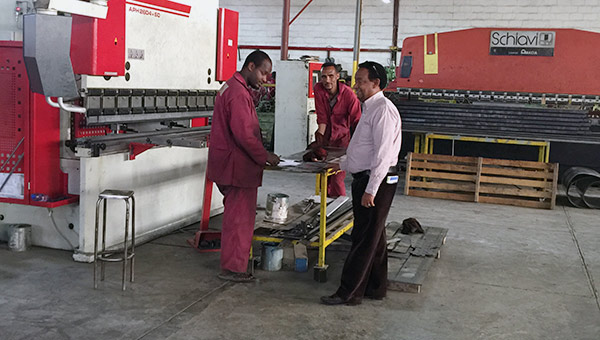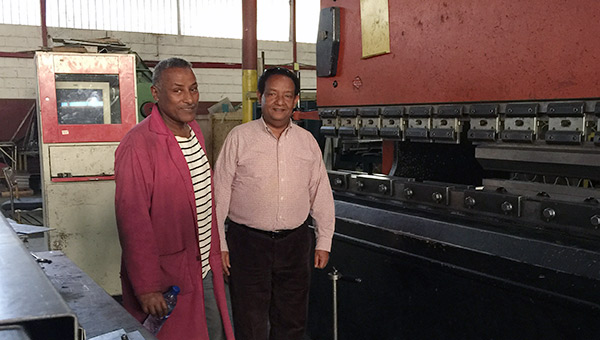Ethiopian IP System Helps Elevators Rise Again
April 4, 2016
By Luis Enrique Chavez Prado
For Daniel Mebrahtu, inspiration struck during a long, hot stair climb to the ninth floor of a building in Addis Ababa, the Ethiopian capital. During years of political insecurity, parts for foreign-made elevators stopped flowing into the country and the lifts of Ethiopia slowly ground to a halt, says Mr. Mebrahtu.
“Pregnant women couldn’t go to the office. Everyone had to walk up to their apartments,” he says of his experience slogging nine stories to attend a science and technology conference in the early 2000s. “When I saw this, I said: I have to fix this problem.”
So Mr. Mehbratu, 65 years old, began designing elevators himself, actively pursuing industrial design protection to ensure that he had a sustainable business model where potential competitors couldn’t copy his distinctive products.
Now his elevator company, Dan Lift Technology Plc. has some 250 employees and supplies elevators and other products across the East African country.


A stronger IP system
Mr. Mebrahtu credits a stronger intellectual property (IP) system for boosting his business prospects. While some IP rules were incorporated in a chapter of Ethiopia’s 1960 civil code on literary and artistic works, the enactment of the 1994 Constitution of the Federal Republic of Ethiopia and actions since have added extra strength to the IP system. Ethiopia’s IP policy framework will provide the necessary guides for the integration of IP into national development policies, strategies and plans. In addition, the framework ensures a meaningful contribution to the realization of national development goals.
WIPO has played an active role in this process providing technical assistance during the establishment and further strengthening of IP system, with capacity building, the provision of important material and equipment as well as fora aimed at increasing intellectual property awareness.
Assistance on the ground
WIPO and Ethiopia have established several Technology and Innovation Support Centers (TISCs), which provide innovators in developing countries with access to locally based, high quality technology information and related services, helping them to exploit their innovative potential and to create, protect, and manage their intellectual property rights.
"For a long time the IP system was under construction, but now it is becoming stronger and stronger,” says Mr. Mehbrahtu.
“Now everyone is becoming highly conscious of IP rights,” he says. “Everybody's working hard, researching and becoming innovators and inventors. “